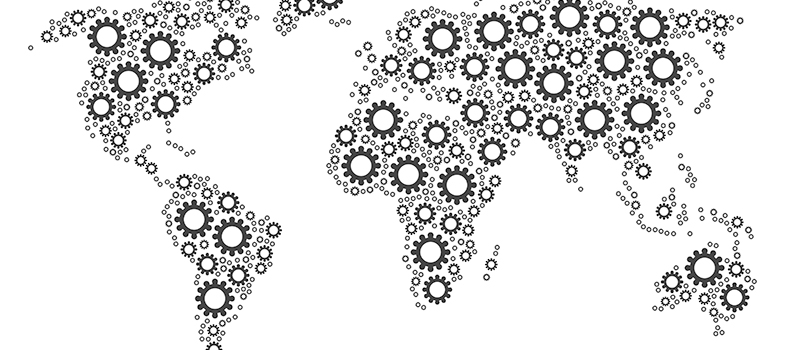2.2 Identifying policy-makers
Anyone who wants to provide evidence for AMR policy should aim to identify key individuals and groups who make, implement or influence AMR policy development. Individuals could be politicians, civil servants, professionals or businesspeople, and groups may include think tanks, NGOs, charities and international governance organisations. You should start to build relationships as early as possible.
The most effective routes to engagement may not be the most obvious. Start by investigating the policy areas that your research could contribute useful insights to; then map out all of the people and organisations with an influence in those policy areas (IfG, 2020), considering each of the following:
- Who makes the decisions? (It may involve more than one body.)
- Who influences these policy-makers?
- Who will implement the policy?
Once you have mapped out all the relevant organisations, weigh up the potential for influence against the challenges associated with working with them. For example:
- Are there some organisations that link to many others?
- Are there some perspectives that would be particularly useful?
- Who do you know that could make an introduction?
- What have you got to offer the people you want to meet?
Know who you want to reach: communicating with top-ranking government officials, for example, isn’t always the most effective way to spur change. Imagine that hospitals in your local area are experiencing outbreaks of an antibiotic-resistant strain of bacteria and your research has developed a rapid test to quickly identify it: such a local issue isn’t likely to be a priority for a national government official, but it does fall within the remit of your local health protection agency (Safford and Brown, 2019).
Your best partners might even be outside the government. Non-profit organisations, industry groups, advocacy organisations and private sector companies do not implement public policy, as such – but they certainly shape the debate. If you aren’t sure who you need to reach, ask around!
The African Institute for Development Policy (AFIDEP) is an African-led, regional non-profit research policy institute established in 2010 to help bridge the gaps between research, policy and practice in development efforts in Africa. Watch Video 3, which provides further information about how AFIDEP’s work is positively influencing African government policy and programmes.
AFIDEP conducted a series of week-long workshops on policy engagement and evidence uptake between October 2020 and February 2021. The workshops targeted PhD and post-doctoral early career researchers, as well as consortium leaders or senior researchers responsible for leading research uptake, and sought to enrich the skills of individuals to maximise research uptake and policy engagement (AFIDEP, n.d.). In Video 4, Beatrice R. Nassanga, a PhD student in Uganda, reflects on lessons learned during the workshop.
AMR Stakeholder Mapping is a comprehensive document for organisations that work in the field of AMR (ReAct, 2016). It was commissioned by the WHO and covers more than 70 organisations and initiatives (both global and regional) across a number of sectors, including policy.
For the policy sector, global stakeholders and initiatives are grouped into three categories:
- UN institutions (pp. 9–15)
- intergovernmental and international institutions (pp. 16–23)
- policy institutes and think tanks (pp. 24–5).
Activity 3: Looking at a regional stakeholder
a.
To support policy work, research and the translation of research into practice.
b.
To reduce the impact of health-related threats to the economy, trade and security of member economies.
c.
To provide a valuable forum in the global health landscape, because it takes a strong economic perspective on health challenges.
The correct answer is a.
a.
To encourage and facilitate both cross-sectoral collaboration and collaboration with other APEC fora and international health bodies.
b.
To strengthen health systems to increase their efficiency, responsiveness and resilience to achieve and maintain universal health coverage.
c.
To strengthen health systems to support universal health coverage, providing the whole population with access to safe, effective, quality, affordable and sustainable primary healthcare.
The correct answer is c.
a.
Ensuring a strong policy focus and the strategic leveraging of projects undertaken is critical for the HWG to fulfil its mandate and achieve its mission.
b.
The HWG will work on the principle of consensus, and will further build on and not duplicate the work of other global, regional and multilateral bodies that work on health.
c.
There have been significant efforts to promote the HWG as a policy-oriented forum with the ability to act as a catalyst to address priority global health issues.
The correct answer is b.
2.1. How does policy-making work?



